Pineapple in the main season is sold at 4,000 - 6,000 VND/kg, while pineapple in the off-season is priced at 10,000 - 12,000 VND/kg. To facilitate product consumption and increase income, farmers in Ban Lau commune (Muong Khuong district) have applied technical measures to expand the area of off-season pineapple cultivation.
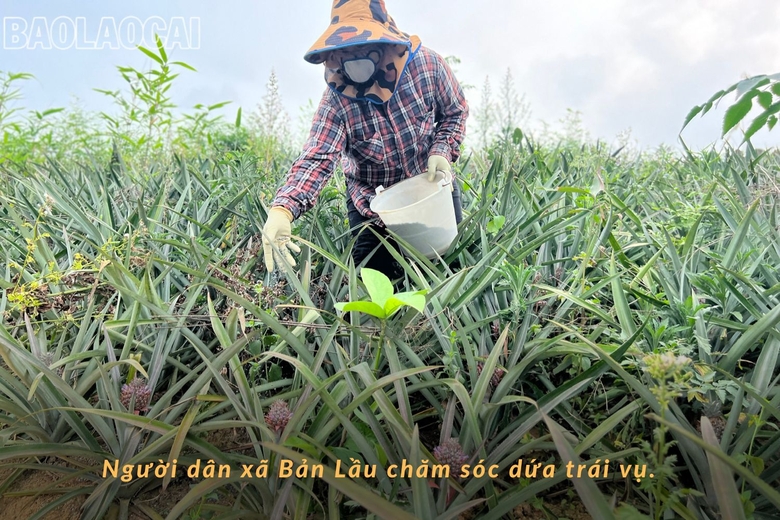
Pineapple trees have been associated with the people of Ban Lau commune for nearly 30 years, but during that time, the people here only harvested one crop from October of the previous year to April of the following year. From May to September, the weather in Ban Lau is harshly sunny, not favorable for pineapple growth and development.
However, the market demand for pineapples is all year round, in the summer, the demand increases but people have no products to sell. Struggling with this problem, the people of Ban Lau have learned scientific farming techniques to "force" pineapple trees to bear fruit as desired.
It is the end of the pineapple harvest season in Ban Lau, most of the fields are bare, people are preparing to prepare the land for the next crop. However, the field of Ms. Luc Thi Phuong's family in Na Ma village is still green and fresh with many healthy flower buds growing. This is the third crop, her family has grown pineapples in the off-season, the pineapples will not ripen for nearly 2 months, but these days, traders have ordered to buy at the foot of the hill for 12,000 VND/kg. Ms. Phuong said: After deducting expenses, if all the pineapples are harvested, it will bring the family about 40 million VND. The pineapple hill also helps her no longer have to run around everywhere to work for hire during the off-season days like before.
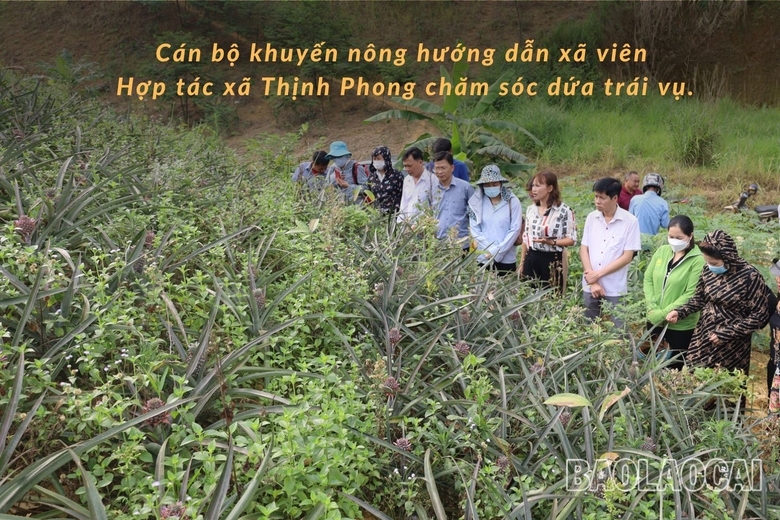
Ms. Nguyen Thi Ha, Director of Thinh Phong Cooperative, said: Growing pineapples off-season brings higher economic efficiency. For example, pineapples in the main season can be sold for 5,000 - 8,000 VND/kg, but pineapples off-season can be sold for 10,000 - 12,000 VND/kg. The cooperative currently has 15 member households, with a pineapple growing area of over 100 hectares, of which the area of pineapples off-season is over 20 hectares. In addition to consuming pineapple products from member households, the cooperative also consumes more than 500 tons of pineapples for farmers in the area.
Ms. Luong Thi Anh Hong, Na Ma 2 village said: The main season for pineapples often coincides with the harvest season of many fruits, so it is difficult to sell and the price is low. But in the past 2 years, I have learned techniques and ways to process pineapples for off-season fruit. Every year, my family plants more than 20,000 off-season pineapple trees, and from June to August, there are pineapples for sale. The selling price of pineapples at this time is 4,000 - 5,000 VND/kg higher than the main season. In the coming seasons, I will continue to let the trees produce off-season fruit.

Realizing that off-season pineapple cultivation has a higher selling price, Ban Lau commune has a policy of encouraging off-season pineapple cultivation, especially when the Muong Khuong Export Vegetable and Fruit Processing Factory operates locally. Off-season pineapple has been planted on a pilot basis in Ban Lau commune since 2020 with about 5 hectares, increasing to 20 hectares in 2022 and expected to expand to 35 hectares in 2023.
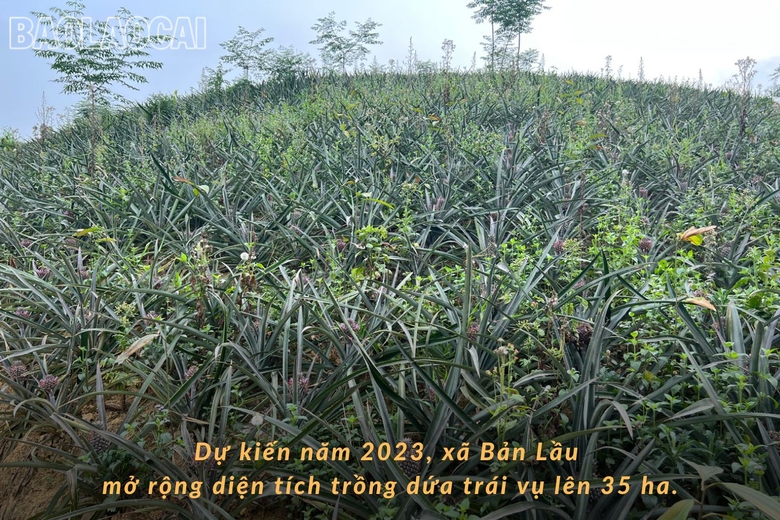
According to technical staff, off-season pineapple requires more investment and more meticulous care than regular-season pineapple. It is necessary to calculate the time of fertilization and use the appropriate amount of fertilizer. Depending on the growth of each pineapple plant, choose the appropriate type of fertilizer.
Mr. Nguyen Van Mao, Vice Chairman of the People's Committee of Ban Lau Commune, said: Growing pineapples off-season requires farmers to take more care. Although the yield and appearance are not as good as those of the main season, the selling price is high and consumption is stable. For pineapples, when producing off-season, economic efficiency increases from 15% to 20% compared to the main season. However, growing off-season also has many risks, because hot weather can easily burn the pineapples, the pineapple stems are softer and can easily break and fall, and there are many pests and diseases.
Source link



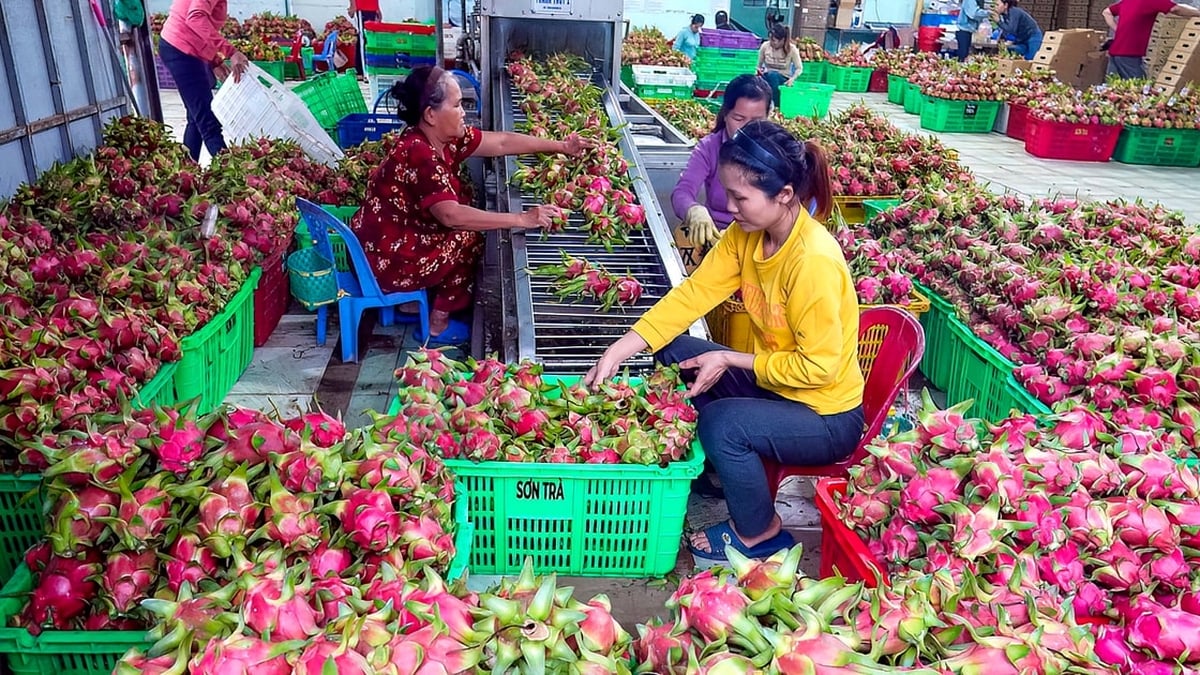
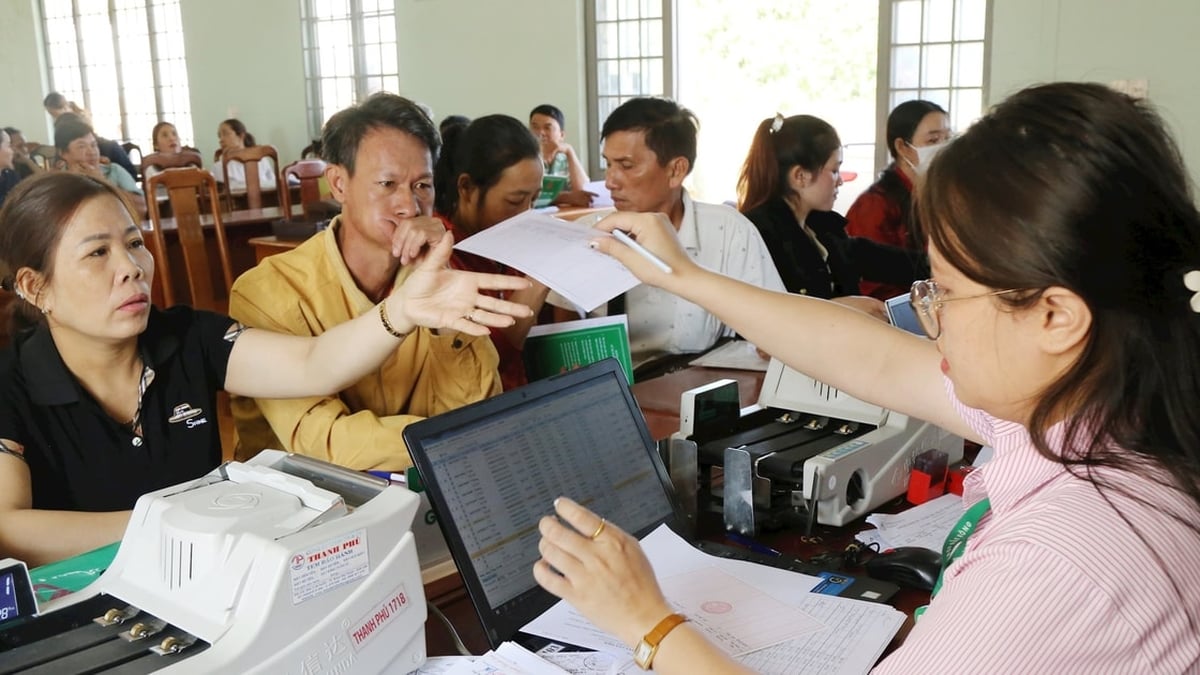

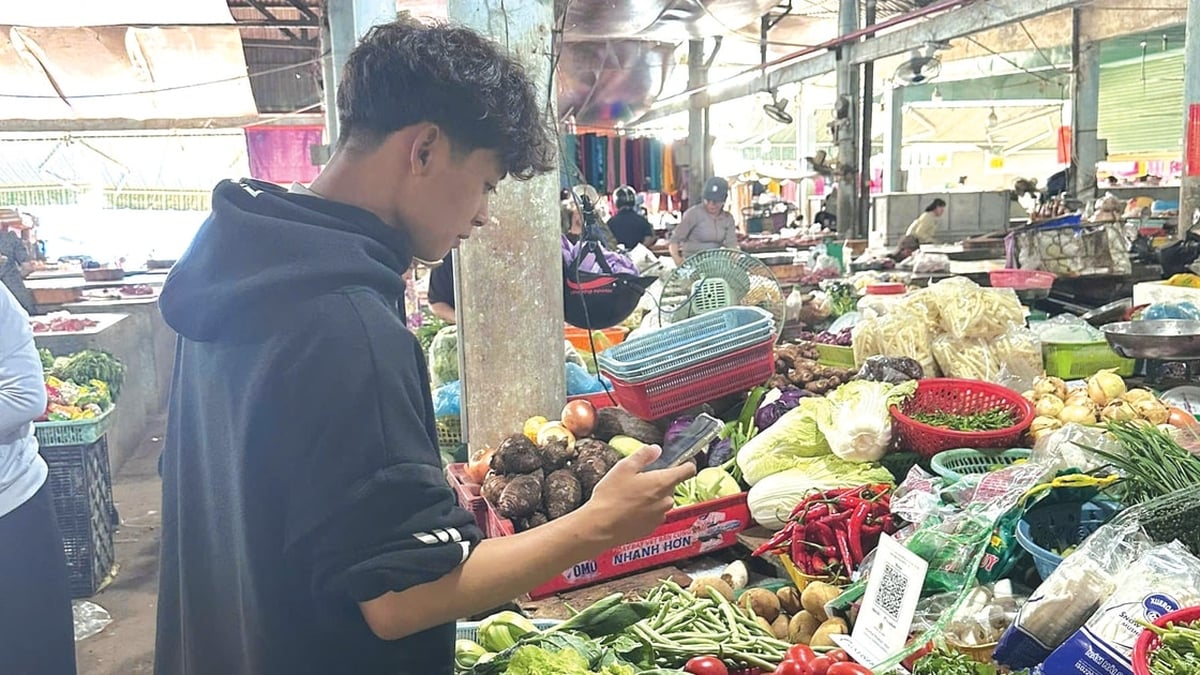

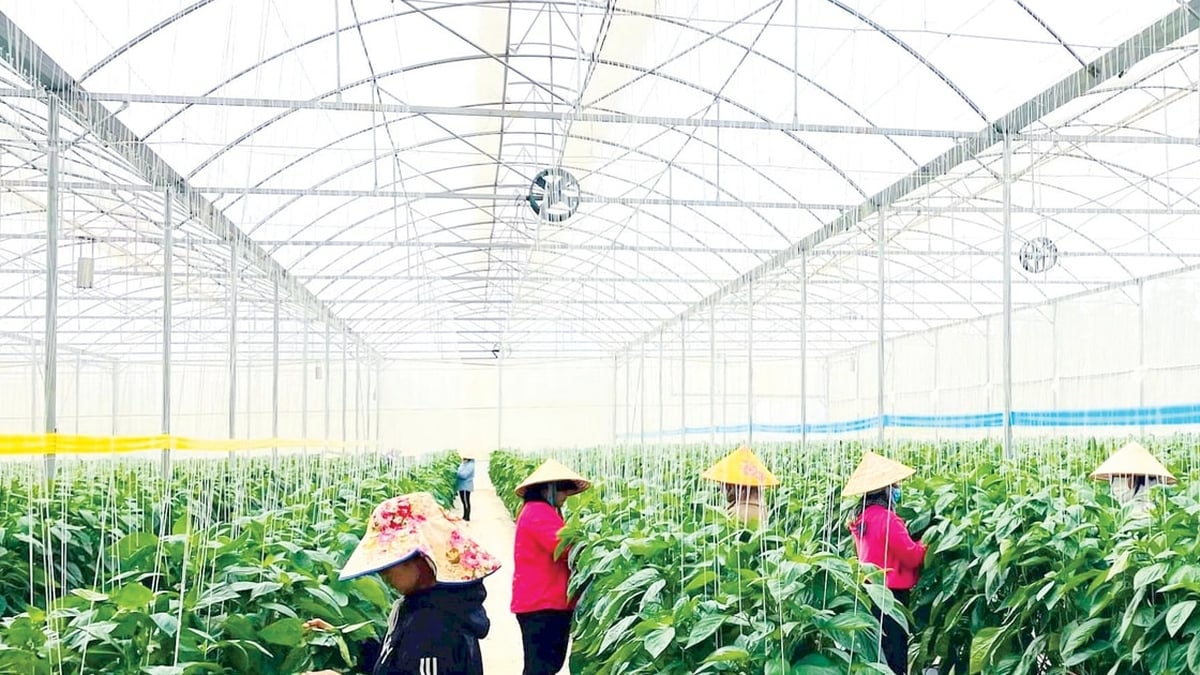

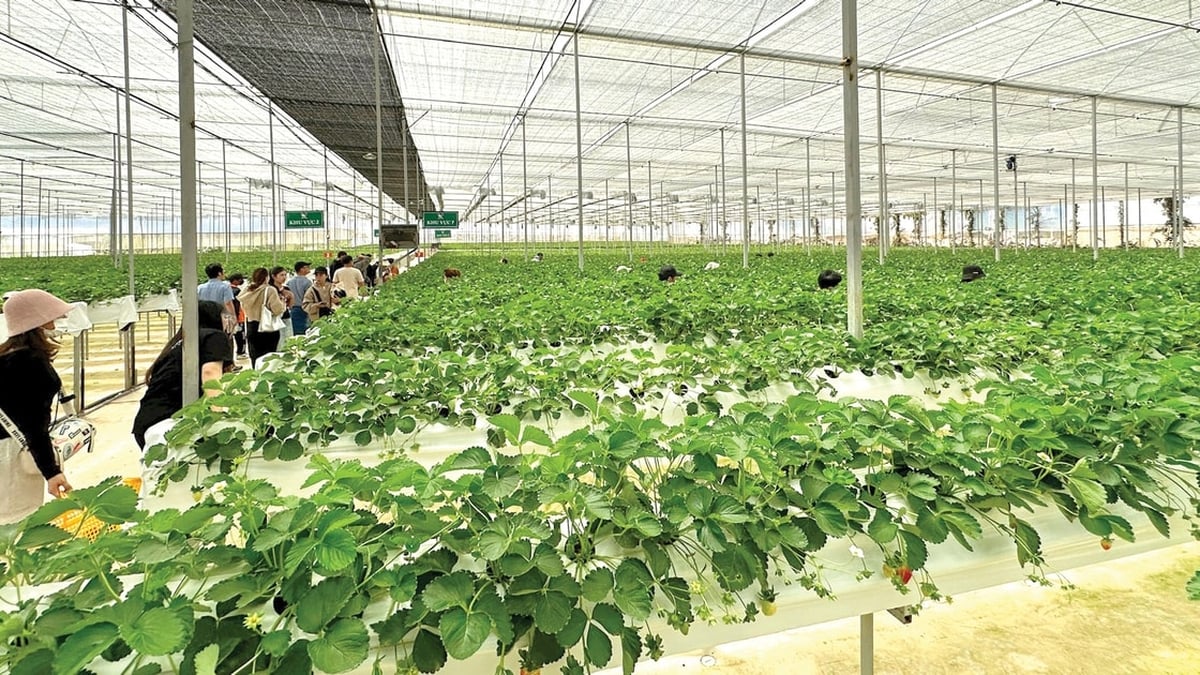
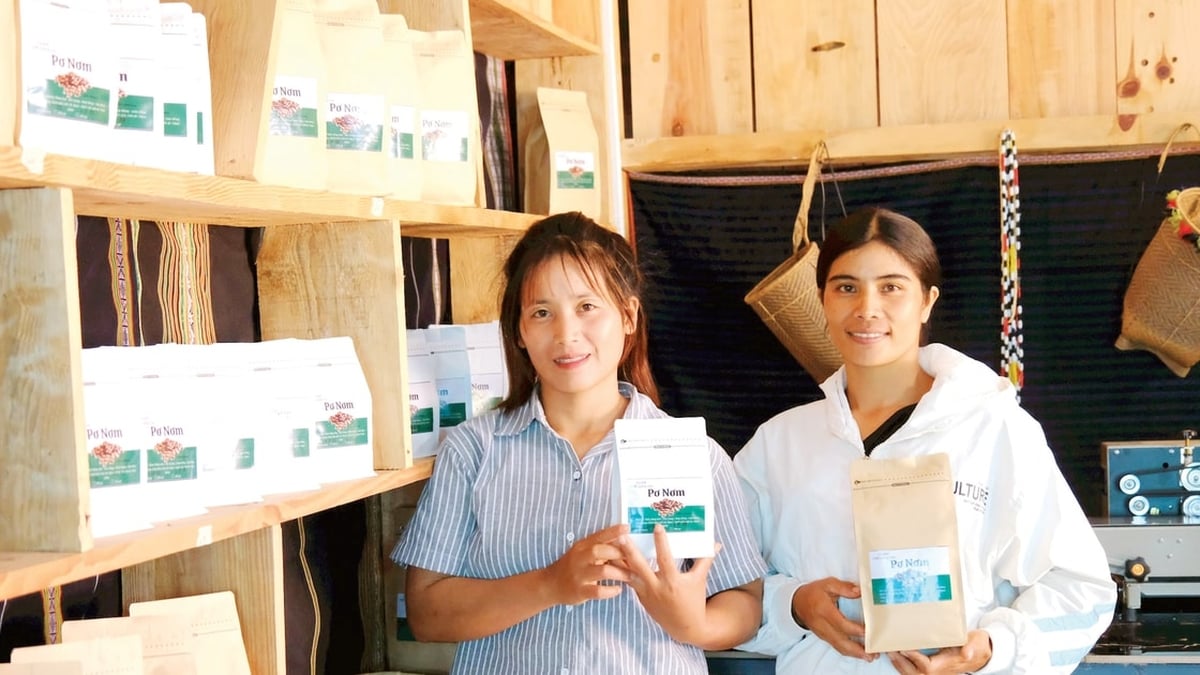













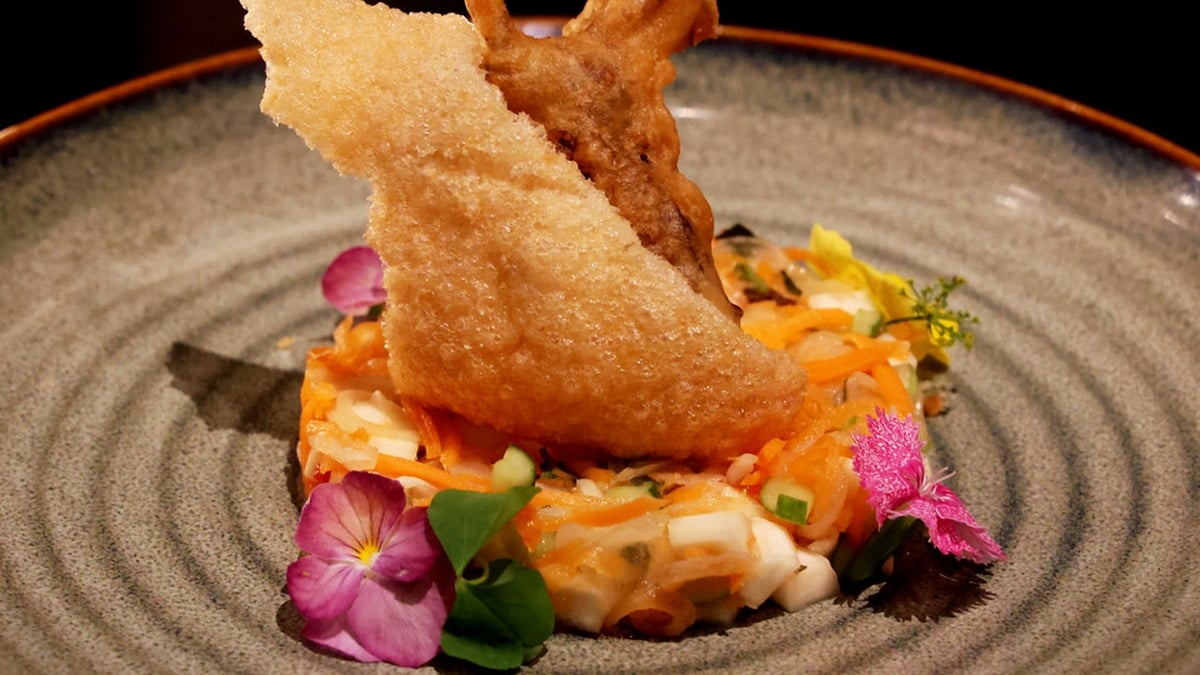










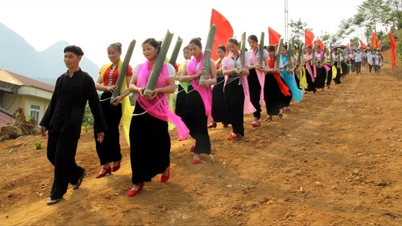

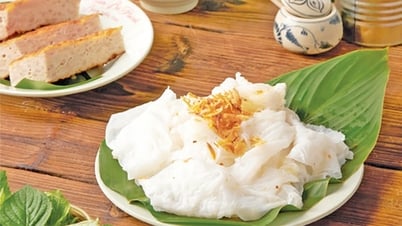


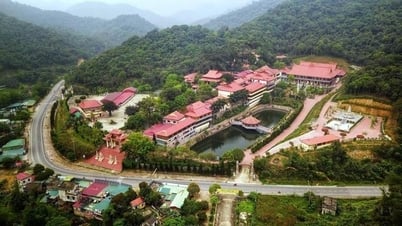




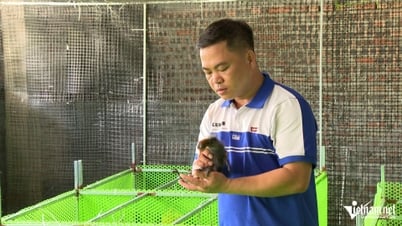











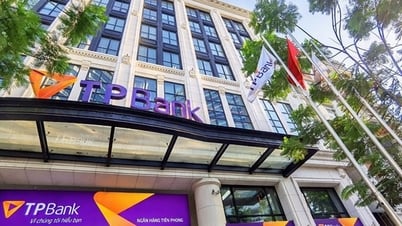






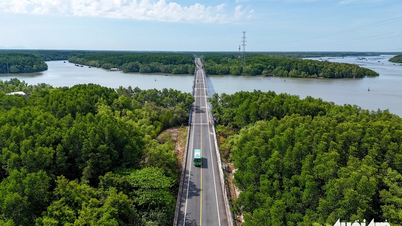

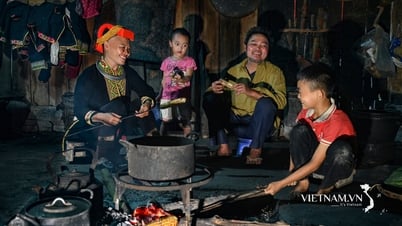





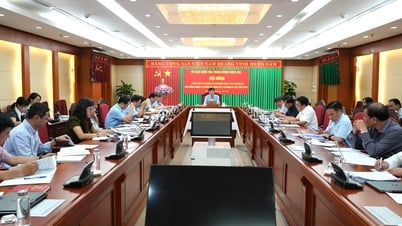




















![[Infographic] In 2025, 47 products will achieve national OCOP](https://vphoto.vietnam.vn/thumb/402x226/vietnam/resource/IMAGE/2025/7/16/5d672398b0744db3ab920e05db8e5b7d)




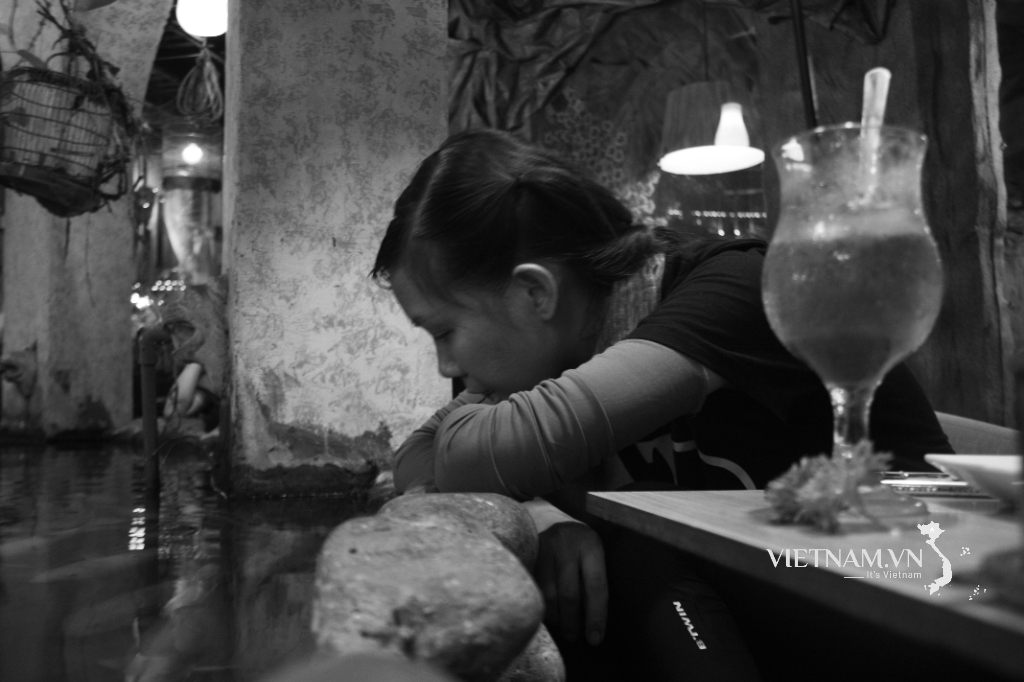
Comment (0)